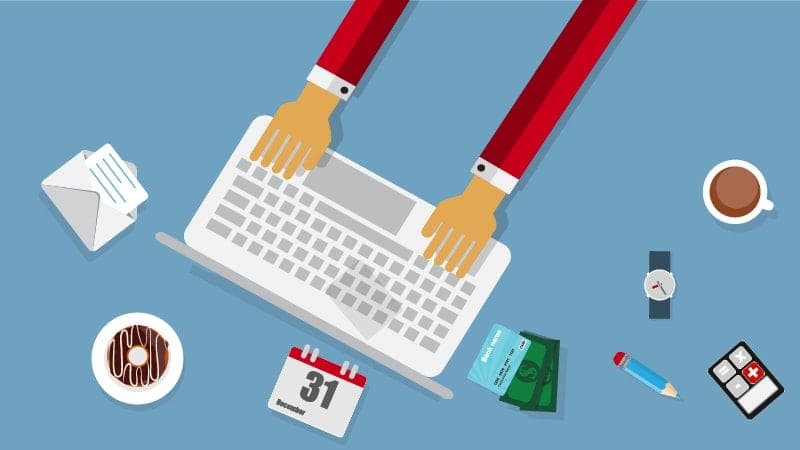Yesterday, while talking with a friend and potential client, I heard myself use a phrase that makes me cringe now, upon reflection: “The money is in the list.” I’m cringing now because, as my almost-eleven year old daughter is fond of saying lately, “It’s so cliche.”
Internet marketing experts and social media gurus will tell you that it is critically important to build your email list, and I don’t disagree.
People may judge your value or influence by the size of your list, and your success in selling your products or launching your book may be predicted by the size and health of your email list. But first you have to have a list. Then, you need to communicate regularly and consistently with your list. (Can I take a moment to confess: I’m not there yet. More of my own advice, unheeded at the moment.)
There are (at least) two mistakes you could make with your list.
You could rush the process toward sales, expecting instant results.
Or, even worse, you could gather email addresses, building your list to a great size, and then not communicate regularly with the people who have signed up.
Let’s talk about the danger of rushing toward the sale.
We want to grow our lists because we are thinking of the end game, and in thinking of the end game, we speed past what’s really important: the relationship.
The true value of your email list is the ability to build a relationship and connection to each person who honors you by subscribing.
Here’s how I see it: Someone will sign up for your list because you’ve shown that you have a unique value to offer and they want to find out more. The communication you send can build that connection and solidify your brand in the person’s mind, either confirming or refuting their original assessment of you. The communication you send can make you memorable.
As you create email messages to send to people when they sign up for your list, remember that people might have one of several responses to the email communication you send.
1 – They might think: wow, this is helpful content and it can make a difference for me. I want more of it. They may be led to buy something from you now, or they may buy sometime later.
2 – They might wonder: why did I sign up for this list? This isn’t as great a fit as I thought.
3 – Or , they might still be curious, but busy with something else, and they may leave your email unopened.
Of course, we want to create connections that cause people to want more of what we are offering. But when we get it mixed up, wanting to jump to the sale immediately, we may be undermining what’s really important — the connection.
Think of this first:
How can you create valuable, compelling, and memorable communication to strengthen your relationships with the people who opt-in to your list?
Why did they sign up? What are they looking for? Can you provide it?
What value can you share that will make you memorable?
And then — only then: What purchase or commitment do you want to move people toward?
Tell me something! Do you have a list? What communication are you sending to offer value and build relationships with the people on your list?

I am the founder/CEO of the Weaving Influence team, the author of Reach: Creating the Biggest Possible Audience for Your Message, Book, or Cause, and the host of the Book Marketing Action Podcast. I’m a wife and mom of three kids, and I enjoy running, reading, writing, coffee, and dark chocolate.


This is a great post and quite timely for me. I just started an e-mail list this past month. I discovered that FB, Twitter, G+, and even blogs just don’t reach out to everybody. Further, they don’t always strike the right tone for building, continuing, and strengthening relationships.
The thing I noticed that I was lacking was that personal touch. Also, because I work on a personal blog, a ministry blog, and on a church, there wasn’t a single thing that existed that combined all of those into one place on a personal level.
Later this month we’ll be launching our first E-Newsletter as a personal update on everything from family, to ministry, to church. It is going to have exclusive content that won’t show up in any of the other places. Also, it’s going to invite people to interact with me via e-mail. Most importantly, it’s going to intermingle “church relationships” “Friends and Family” and “Ministry connections.”
Building that list isn’t easy at first. However, once you get it polished off, and categorized it becomes a great tool to connect more personally with those friends, family, and co-laborers who can benefit most from the work your doing.
One final thought. As I was compiling my list I discovered something that I never knew before… “Facebook E-mail”. Every friend on facebook has an “@facebook.com” e-mail that will go directly to their “Messages.”
I haven’t played with this too much but the potential there seems pretty enormous.
Jeremy Lundmark
p.s. Here’s a link to the e-newsletter I set up for free using TinyLetter.com… https://www.TinyLetter.com/JeremyLundmark
Timely post, Becky. Yes, I have an an email list — and it’s quite large. But I realize it’s that way because I offered a contest with an attractive incentive that invited people to sign up for my newsletter.The challenge now? To keep people connected — to offer them that “memorable” content.